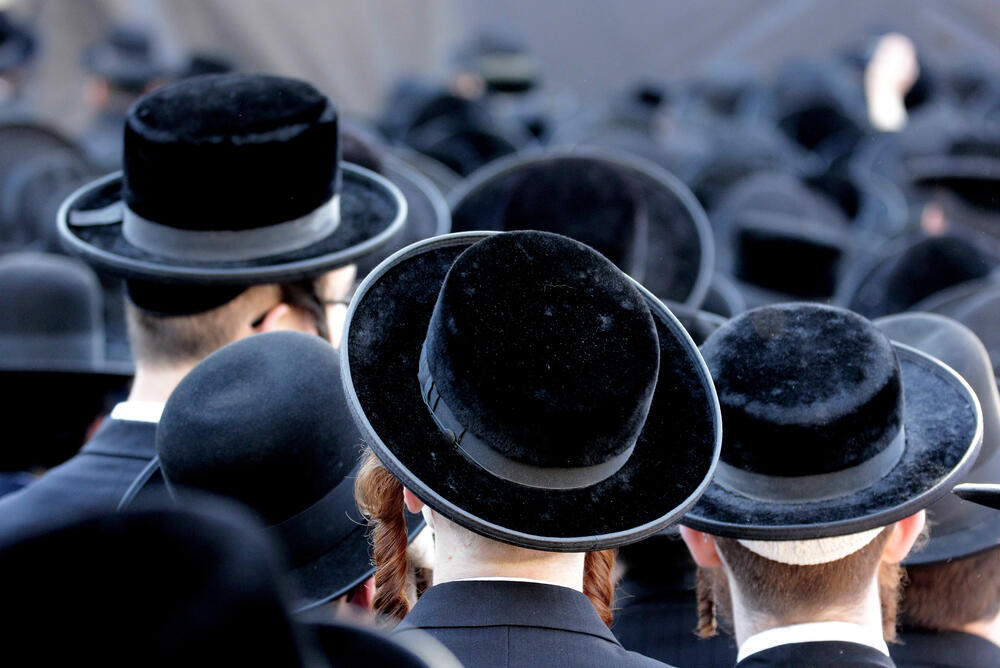The employment rate for ultra-Orthodox men reached an all-time high of 55.8% in the second quarter, according to the employment targets report by the Central Bureau of Statistics (CBS) published Wednesday.
More stories:
This is the second successive quarter in which the employment rate has exceeded 55%, after it stood at 55.3% in the previous quarter. However, this rate is still far from the employment rate of non-ultra-Orthodox Jewish men, which stands at 87%.
This is a positive trend indicating a change in norms among the younger generation, as since 2015, the employment rate of ultra-Orthodox men has steadily hovered between 50% and 52%. This has been attributed to the flow of funds to stipends for ultra-Orthodox men, making it easier for them to stay in yeshivas, while the social cost of leaving the kollel (a yeshiva for married men) remained high. The economic benefit of such a step is low, due to the fact that an ultra-Orthodox man with low work skills can only earn a few thousand shekels more in the labor market than he would receive from the stipend.
Dr. Eitan Regev, VP of research and data at the Haredi Institute for Public Affairs, argues that "the impressive increase in the employment rate is not surprising." According to him, he predicted months ago that "rising interest rates, changes in the mortgage market and the cost of living would dramatically affect the Haredi sector in particular and lead to the integration of more Haredi men into the labor market."
Regev further noted, "To increase earning capacity and productivity, better preparation of the young Haredi generation for the challenges of the labor market is needed. The later one enters the job market, the more limited their career development and earning capacity. Today, there is a gap of over 100% between the annual wages of non-Haredi Jewish men and Haredi men."
Regev said that the rise in interest rates significantly undermines the economic model of the Haredi community, which is based on purchasing a home at a very early stage of marriage. He predicts that within five years, the Haredi employment rate will cross the 60% threshold.
Labor Minister Yoav Ben Tzur stated that "the rise in Haredi employment rates is due to extensive investment and makes a tremendous contribution to the economy. These figures demonstrate the enormous potential of integrating populations into the economy, with dual benefits - once through quality training and employment for individuals, and secondly, the economy benefits from the contribution of a diverse, skilled and quality workforce."
Kemach Foundation, which promotes the integration of Haredim into the labor market, claims that "the data represents the realization of predictions and the combination of appropriate activity to encourage employment in the Haredi community. The discourse on lowering the age of exemption [from military service] contributes to the Haredi community's ability to enter the labor market without fear for their social and community status."



